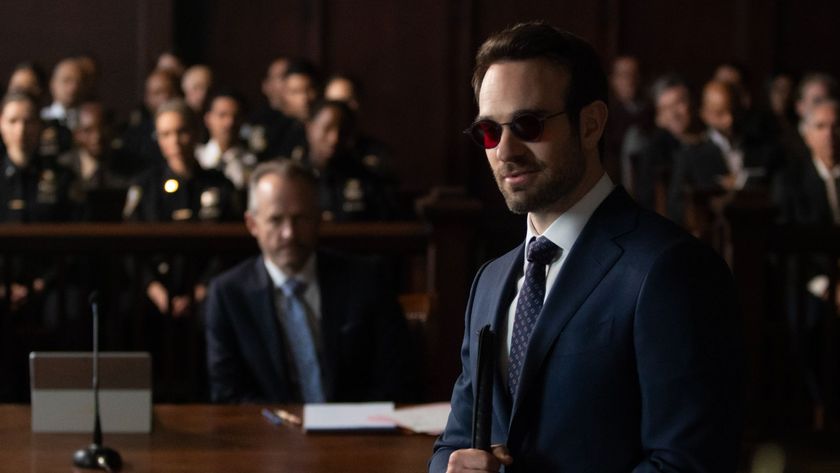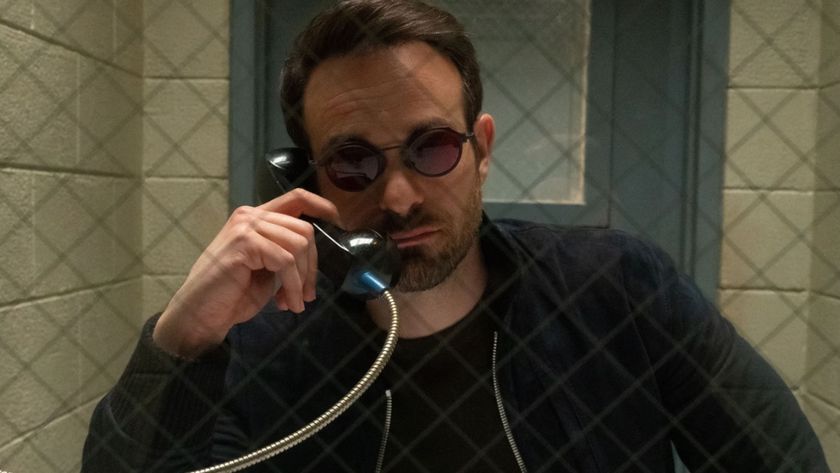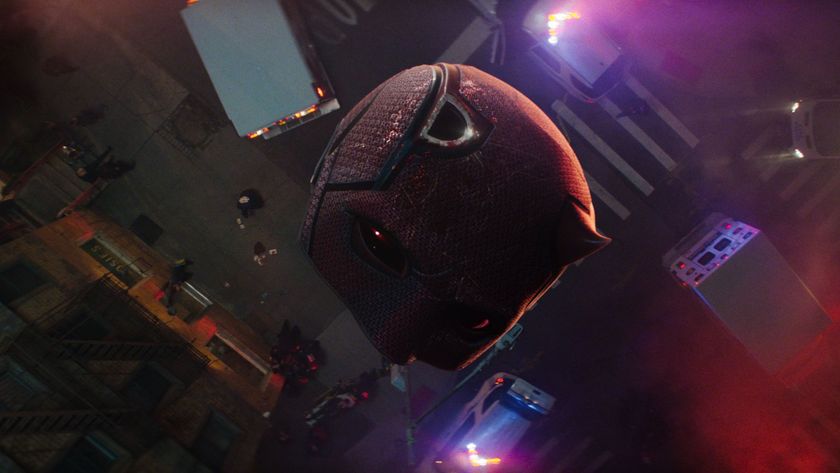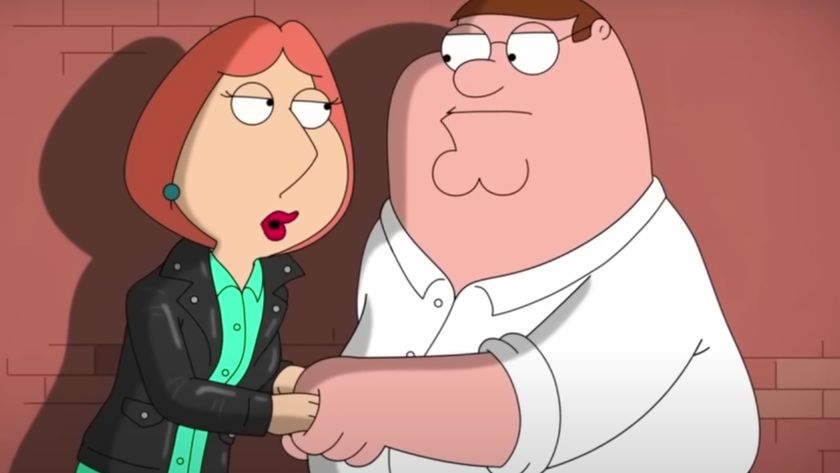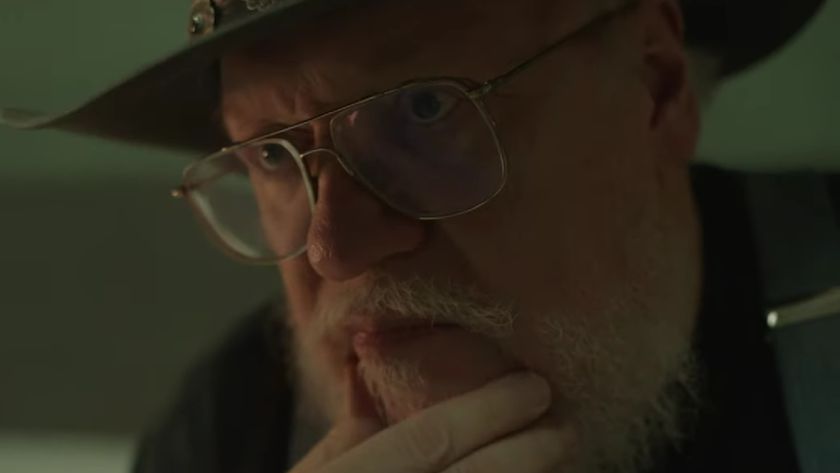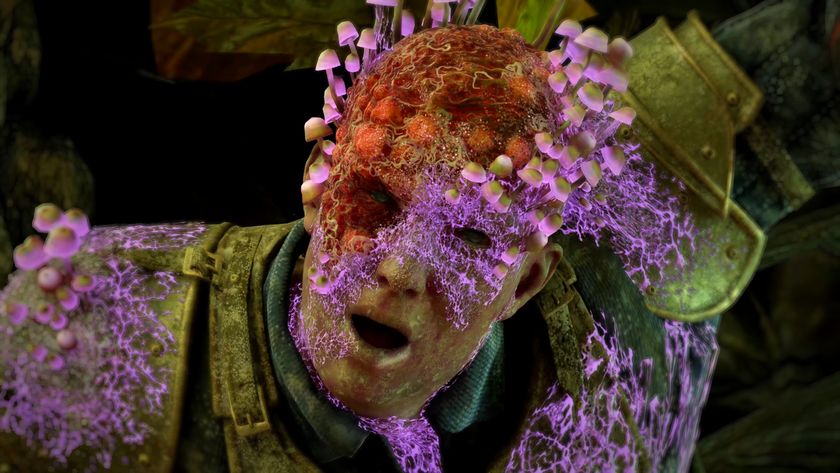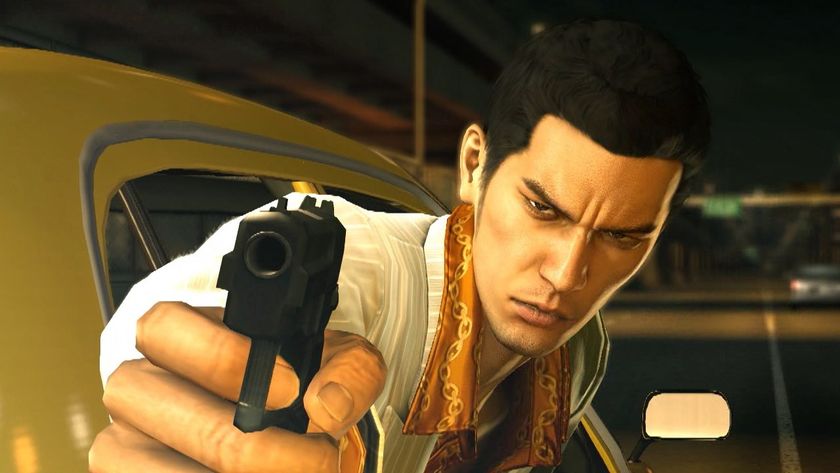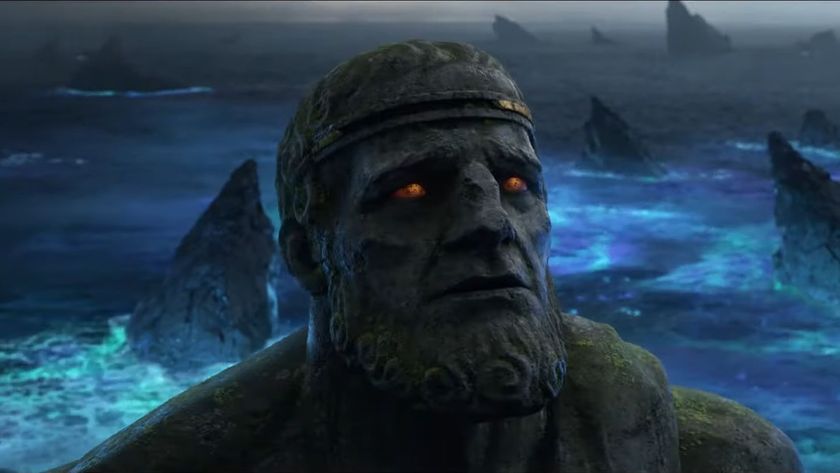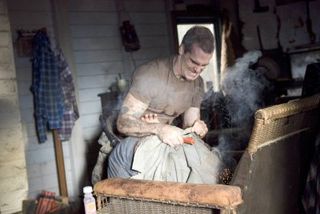
Those nasty in-bred cannibals are back in a splatter sequel to Eliza Dushku slasher Wrong Turn. Director Joe Lynch tells SFX about gore, reality TV and visiting the Die Hard building.
SFX: How did you go from directing music videos to making the sequel to Wrong Turn?
Joe Lynch: “It was my lifelong dream to make movies, specifically horror films. The heroes that I grew up with were the ones that paid their way through other mediums, like David Fincher [Se7en, Fight Club] and Mark Romanek [One Hour Photo], all those guys who started out with other mediums and worked their way into features. I felt like that was a great calling card.
“I did a lot of music videos, and I did one video for a band called Strapping Young Lad - they’re like Canada’s Metallica basically, and they wanted to be in a horror-themed music video, so basically I put them in the Evil Dead. I took the band and shot them in a room that looked exactly like the living room in the Evil Dead house and basically enveloped them in everything Raimi, from the camera moves to the editing. I guess someone at Fox saw that and thought ‘he must know about horror movies’.”
SFX: What were your first thoughts on reading the script?
Joe Lynch: “It wasn’t the best script in the world, but reading it reminded me of all those ‘80s splatter movies that I watched as a kid. I was like, ‘I gotta try it at the very least.’ So Fox looked at my reel and said, ‘maybe there’s something there’, so I went into Fox Plaza – it’s the Die Hard building and going to the Die Hard building was the trippiest thing in the world. I went up there, I’m all starstruck, geeking out and everything, and I basically just pled my case, told them exactly what I wanted to do, storyboarded and said it was what I want to see in a horror movie. So going in there and just telling them how I wanted to do it, handing them a 12-page bible of what I wanted to do, and they said, I guess this kid wants it, and that was pretty much it.”
SFX: Do you feel an obligation to be faithful to the first movie?
Joe Lynch: “My feeling towards sequels in a general sense is you got to have some kind of throughline, you’ve got to have something that bridges the two together, or you’re just slapping a 2 on for marketing or profit reasons. Horror fans are smarter than that. They can sniff out when there’s a sequel that has a number slapped on it. I’m making a horror movie for horror fans and I know they’re a very finicky bunch.
The script when I got it had very loose links to the original film, and I said there has to be some direct correlation between then and now. My favourite sequels are the ones that expand the universe a little, so I wanted to at least put something in there that would make people go back and watch the first one and say, ‘Shit, now I get it.’ One of my favourite sequels of all times is Aliens, and I wanted to use the model that James Cameron did. I wanted the films to be able to be watched together so you’d have some kind of throughline with it, but I also wanted it to stand on its own and be its own beast.”
SFX: Was it important for you to keep the gore factor high?
Joe Lynch: “It was very unlikely that this was going to be theatrical. The film was designed to be a straight to video film, and my goal was to make something where people would go, ‘Wait a second, is that a straight to video movie? That should have been in theatres!’
“I knew that the model of straight to video is you could get away with doing an unrated cut, so the films that have really inspired me for this film are Texas Chain Saw Massacre 2, and Re-Animator and Evil Dead 2. All three films were at some point released in an unrated form, so when I was told that I’d be allowed to have an unrated cut, I thought I might as well just go for the gusto and put in as much as I can. I wanted to push the limits and see how far I could go. The only thing the studio ever said when I told them I wanted to go in with an extreme over the top splatter sensibility - we haven’t seen a good splatter movie in a long time - was ‘As long as you can do it on time and on budget, go with God,’ and that was really the only note I ever had. I would call up every day and be like, ‘Do you think I can get away with shoving entrails in a vegan’s mouth?’ and it was always the same thing – a pause, a sigh, like ‘Here he goes again,’ and then they’d just say we’ll be fine. Really I could get away with as much as I wanted and cut it out if needs be. It’s better to have than not. And content is king on DVD, so even if there were deleted scenes we could put those on there later. Surprisingly enough when I submitted my cut, they said keep it all, so I was thrilled.”
SFX: Reality TV’s one of the themes of the film. Are you making a dig about shows like Big Brother and Survivor?
“I didn’t want to make a movie that would be commenting on reality shows aspect of it. I liked that it was a device to get as broad a range of characters together as possible. Because if you have a group of friends three’s a reason why they’re all together in one way or another, and then you have that one outcast kid who just kind of came along. The reality show allowed me to have all these broad characterisations. The other thing I really liked about having a reality show is using the video cameras in there to stage things. If it’s shot on film and you have coverage that’s one thing, but if you can do something where it’s done in a way that mimics reality and do it in a way that’s dynamic you’re going to get a much more visceral experience. [Edited for spoiler]’s death happens off camera - the camera falls to the ground and it leaves you to the theatre of the mind and the sound effects take over and let you in your head see that head cutting happen. Those are really only the only occasions when effects were involved. The other stuff was more character-based.”
SFX: You worked for Lloyd Kaufman on Terror Firmer. Has the Troma experience influenced your subsequent career?
“Definitely. Not in terms of having mutant babies and boobies all over the place, which is the Troma way, but I had admired Troma even when I was a little kid. I saw Toxic Avenger when I was 10 or 11 and couldn’t believe what I was seeing. When I finally got to work with them, I had just got out of film school and my friend and I got jobs in the lowest positions possible on Terror Firmer and by the end of the shoot we were so excited and passionate about making this thing that we ended up getting hired as writers. And being there at Troma every day allowed me to see how that system works and seeing that and how they made Terror Firmer and started putting together Toxic Avenger 4, it allowed me to say I can do it.
“I loved the attitude of wanting to be able to do everything, because on a Troma set you’re doing seven jobs, you’re not just the PA or the cinematographer or the caterer. That was one of those things that reinforced the idea of knowing how to do everything on set. It’s not because you’re being narcissistic or a control freak. It’s because you can know what you want before you even step on set. Every facet of the production allowed me to know exactly what I wanted, and honestly that was one thing that I learned from Troma – know everything because you might have to do it yourself to get your vision on film. And I love Lloyd Kaufman. He’s a pioneer in independent cinema, a hero to horror fans everywhere. Love or hate his films, you can’t deny he’s a force to be reckoned with. And look at all the people who’ve come out of Troma in the last couple of years – Eli Roth and James Gunn, even Trey Parker and Matt Stone. Their first film went through Troma, and they’ve always been indebted to him. A lot of people have gone through the Troma ranks. He’s the East Coast Roger Corman when you think about it.”
Sign up to the SFX Newsletter
Get sneak previews, exclusive competitions and details of special events each month!
Wrong Turn 2: Dead End (The Extreme Edition) is out on DVD on Monday 7 January.
SFX Magazine is the world's number one sci-fi, fantasy, and horror magazine published by Future PLC. Established in 1995, SFX Magazine prides itself on writing for its fans, welcoming geeks, collectors, and aficionados into its readership for over 25 years. Covering films, TV shows, books, comics, games, merch, and more, SFX Magazine is published every month. If you love it, chances are we do too and you'll find it in SFX.
